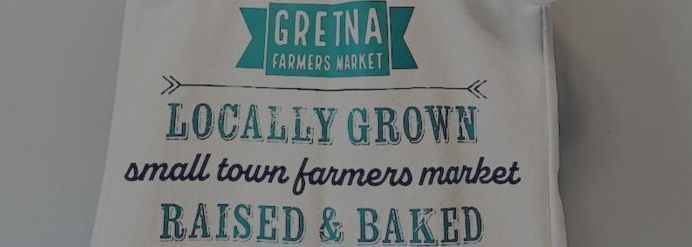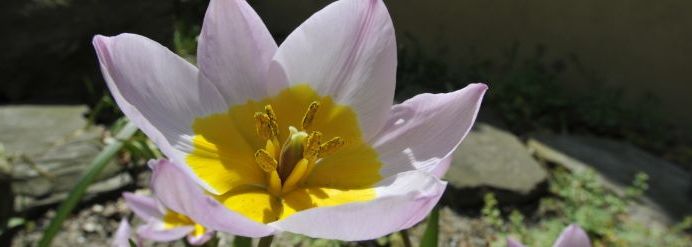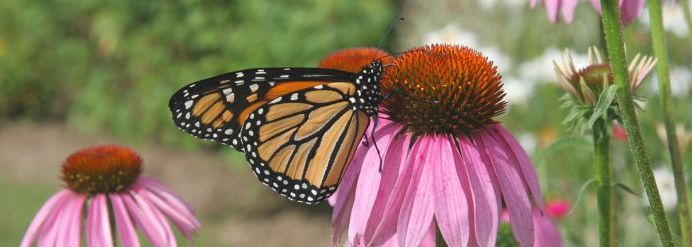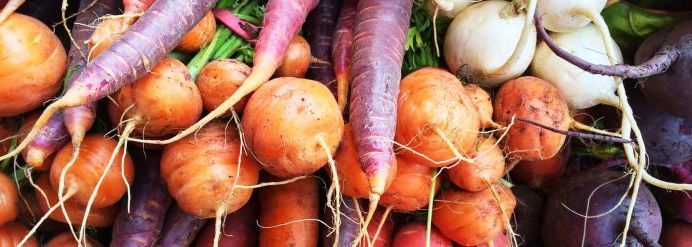In the depths of the forest, a silent and intricate network exists, allowing trees to communicate and support one another. Surprisingly, the key to this communication lies beneath the forest floor, where a symbiotic relationship between trees and mushrooms thrives. You may not be familiar with the world of mycorrhizal fungi and the ways in which they enable trees to “talk” to each other. Let’s learn about these unique and awesome facts about mushrooms!
What is mycorrhizal symbiosis?
The heart of this connection is mycorrhizal symbiosis, a mutually beneficial relationship between tree roots and mycorrhizal fungi. The fungi form a vast network of thread-like structures called mycelium, which extends far beyond the reach of individual tree roots. Through this network, trees and fungi engage in a remarkable exchange of nutrients and information.
The nutrient exchange
Mycorrhizal fungi play a crucial role in enhancing a tree's access to vital nutrients. The mycelium efficiently absorbs nutrients, like phosphorus and nitrogen, from the soil and delivers them directly to tree roots. In return, trees provide the fungi with a source of energy in the form of carbohydrates produced through photosynthesis. This reciprocal nutrient exchange ensures the overall health and vitality of both the trees and mushrooms.
All about the chemical communication
Beyond the nutrient exchange, mycorrhizal fungi enable trees to communicate through the transmission of chemical signals. Research has revealed that when a tree is under distress, whether due to drought, disease or insects, it releases specific chemical compounds into the air and soil. These compounds are detected by neighboring trees, prompting them to take defensive actions, such as increasing their production of protective chemicals or strengthening their root systems. Pretty cool, huh?
Sharing is caring
Through the mycorrhizal network, trees also share resources. Older and more established trees, often called "hub trees" or "mother trees," can transfer nutrients and information to younger or weaker trees in need. This intergenerational support system allows for the survival and growth of the entire forest ecosystem, contributing to its resilience and long-term stability.
Even mushrooms use the internet
The mycorrhizal network, often referred to as the "Wood Wide Web" or the "fungal internet,” connects not only trees of the same species but also different species, creating a diverse and interconnected community. This underground network facilitates the exchange of information, warnings about potential threats and the overall well-being of the forest ecosystem.
Why these facts about mushrooms matter to us all
Understanding the role of mushrooms in enabling trees to "talk" sheds light on the complexity and resilience of forests, emphasizing the importance of preserving and protecting these ecosystems. As we continue to uncover facts about mushrooms and the secrets of nature, it is clear that the partnership between trees and mushrooms is a testament to the remarkable interconnectedness of life on Earth. Visit the Gretna Farmers Market to learn more about supporting local ecosystems!















